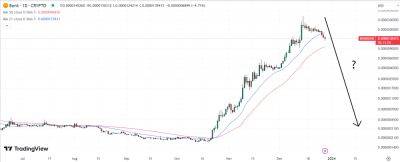Return to office is 'dead,' Stanford economist says. Here’s why
The share of workers being called back to the office has flatlined, suggesting the pandemic-era phenomenon of widespread remote work has become a permanent fixture of the U.S. labor market, economists said.
«Return to the office is dead,» Nick Bloom, an economics professor at Stanford University and expert on the work-from-home revolution, wrote this week.
In May 2020 — the early days of the Covid-19 pandemic — 61.5% of paid, full workdays were from home, according to the Survey of Working Arrangements and Attitudes. That share fell by about half through 2022 as companies called employees back to in-person work.
However, the story has changed in 2023.
The share of paid work-from-home days has been «totally flat» this year, hovering around 28%, said Bloom in an interview with CNBC. (That's still four times greater than the 7% pre-pandemic level.) The U.S. Census Bureau's Household Pulse Survey shows a similar trend, he said.
Meanwhile, Kastle data that measures the frequency of employee office swipe-ins shows that office occupancy in the 10 largest U.S. metro areas has flatlined at around 50% in 2023, Bloom said.
«We are three and a half years in, and we're totally stuck,» Bloom said of remote work. «It would take something as extreme as the pandemic to unstick it.»
The initial surge of remote work was spurred by Covid-19 lockdowns and stay-at-home orders.
But many workers came to like the arrangement. Among the primary benefits: no commute, flexible work schedules and less time getting ready for work, according to WFH Research.
The trend has been reinforced by a hot job market since the U.S. since early 2021, giving workers unprecedented leverage. If a worker didn't like their company benefits, odds were good they could
Read more on cnbc.com





















